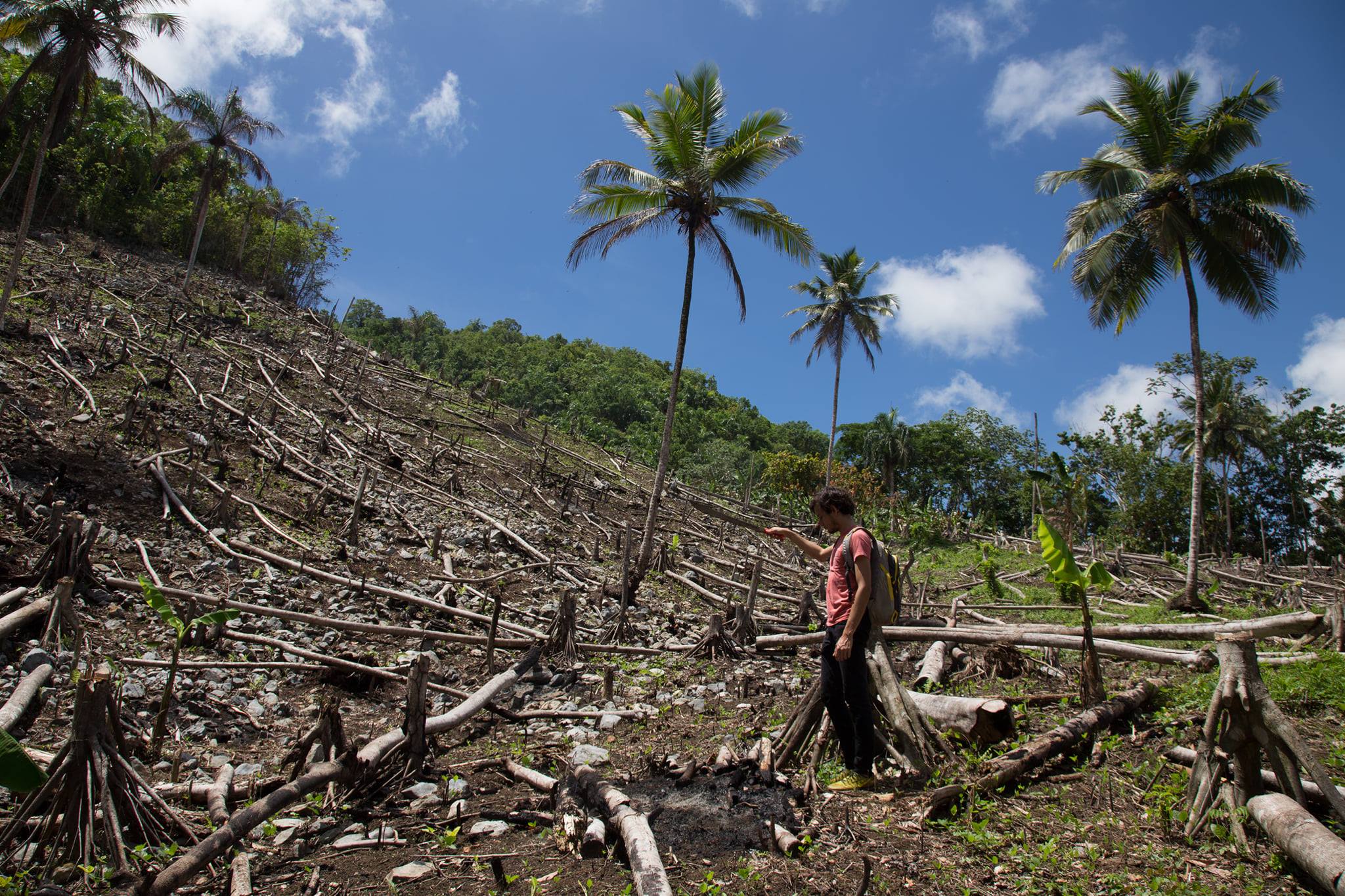Palm trees are beautiful trees that are typical of tropical regions around the world. You must have admired the sight of a palm tree growing out of the sand and leaning over the sea many times. This is a large group of plants that includes almost 2,800 species in 189 genera. Did you know that a large number of palm species are at risk of extinction? A new study published in Nature Ecology & Evolution warns that palm trees are in serious danger.
Half of the palm species are threatened with extinction
Perhaps no one would want to imagine a world without palm trees. A research team from the Royal Botanic Gardens (RBG), Kew; the University of Zurich; and the University of Amsterdam used a mix of conservation data and innovative machine learning techniques to determine that more than half of palm species are likely threatened with extinction.
“Palms are the most iconic plant group in the tropics and one of the most useful too,” study co-author and University of Zurich senior researcher Dr. Rodrigo Cámara-Leret said in an RBG, Kew, press release. “After this study, we have a much better idea of how many, and which, palm species are under threat.”
Palms have an important ecological role
The EcoWatch portal also reported on the critical situation with palm trees. Palm trees most often grow in tropical and subtropical regions. Like other trees, palm trees provide an important habitat for a wide variety of animals, from insects to birds and mammals. Palm trees are particularly threatened by human activity.
“In some tropical rainforests, palms are among the dominant plant families, which means that they contribute significantly to store carbon and to the general functioning of the forest ecosystem,” study co-author and RBG, Kew, research leader Dr. Sidonie Bellot told EcoWatch in an email.
Palm trees provide people with food, building materials and medicine. Most of the reasons why palms are endangered are well known.
“[L]and use change, especially deforestation and forest fragmentation, is increasing the extinction risk of palms by decreasing their population sizes,” Bellot said. Other potential threats are the overuse of some species for palm hearts, diseases and the climate crisis.
Important data for inclusion on the Red List of Threatened Species is missing
The research team turned to the International Union for Conservation of Nature (IUCN) Red List of Threatened Species. The aim was to find out what risks palm trees face and how they could be protected. The Endangered Species List does not provide precise data on the threats to each palm species. Risk assessment for such a large number of species is very demanding in terms of work and finances. According to the study, ratings were published for only 508 species.
“The biodiversity crisis dictates that we take urgent action to stem biodiversity loss. We need to use all the tools at our disposal, such as prediction and automation, to generate rapid and robust assessments,” study co-author and Research Leader in Kew’s Conservation Assessment and Analysis team Dr. Steven Bachman said in the press release. “The addition of plants to the Red List is one of the vital steps conservationists can take to raise awareness of species at risk.”
“We know that palm extinction risk is related to their distribution range size and population size, but also to human density and deforestation intensity. However, we did not know exactly how to use this information to predict palm extinction risk,” Bellot said.

Artificial intelligence has helped a lot
To predict the risks of different palm species, information on palms that are already listed in IUCN or in ThreatSearch was used. Common factors were looked for, and when the predictions were then judged against reality, 82% of the time the predictions were correct.
“This allowed us to predict the extinction risk of 1381 species, which, combined with the [existing] Red List and ThreatSearch assessments, covers 75% of the palm family,” Bellot said.
More than 1,000 palm species are threatened with extinction
The researchers combined the 1,381 palm species that were assessed using the new model with 508 species that are already listed in the IUCN. In total, the research team therefore had information on 1,889 palm species. Based on this, it was found that 56% of palm species are threatened. There are more than 1,000 species of palm trees.
“Overall, we show that hundreds of species of this keystone family face extinction, some of them probably irreplaceable, at least locally,” the study authors concluded. “This highlights the need for urgent actions to avoid major repercussions on palm-associated ecosystem processes and human livelihoods in the coming decades.”
Focus on protection
Based on the research, the scientific team determined in which places increased palm protection should be taken care of. Palm conservation should focus on Madagascar, New Guinea, the Philippines, Hawaii, Borneo, Jamaica, Vietnam, Vanuatu, New Caledonia and Sulawesi, because in these locations more than 40 percent of the evolutionarily distinct, functionally distinct and/or commonly used species were likely threatened. Alternative species were also recommended for 91% of currently used species at risk of extinction.
“Our study is global, but conservation is often best achieved at local scales, in collaboration with people who know and rely most on the plants,” Bellot told EcoWatch. “We hope that our lists of threatened species and potential alternatives for threatened used species can be the baseline for local conservation actions and research on the mechanisms that can help threatened species to be resilient to perturbations.”
“[A] main goal for follow-up research is to gather more data about the least-studied palm species, so that their extinction risk can be more reliably estimated,” Bellot said.
Sufficient attention has not yet been paid to endangered palms. It is important that this changes and that people are aware of the need to protect these amazing plants. This is the only way these plant species can survive into the future.
Resources:
https://www.nature.com/articles/s41559-022-01858-0
https://www.ecowatch.com/palm-species-extinction.html
Photo credit: Pixabay.com, Wikimedia

















